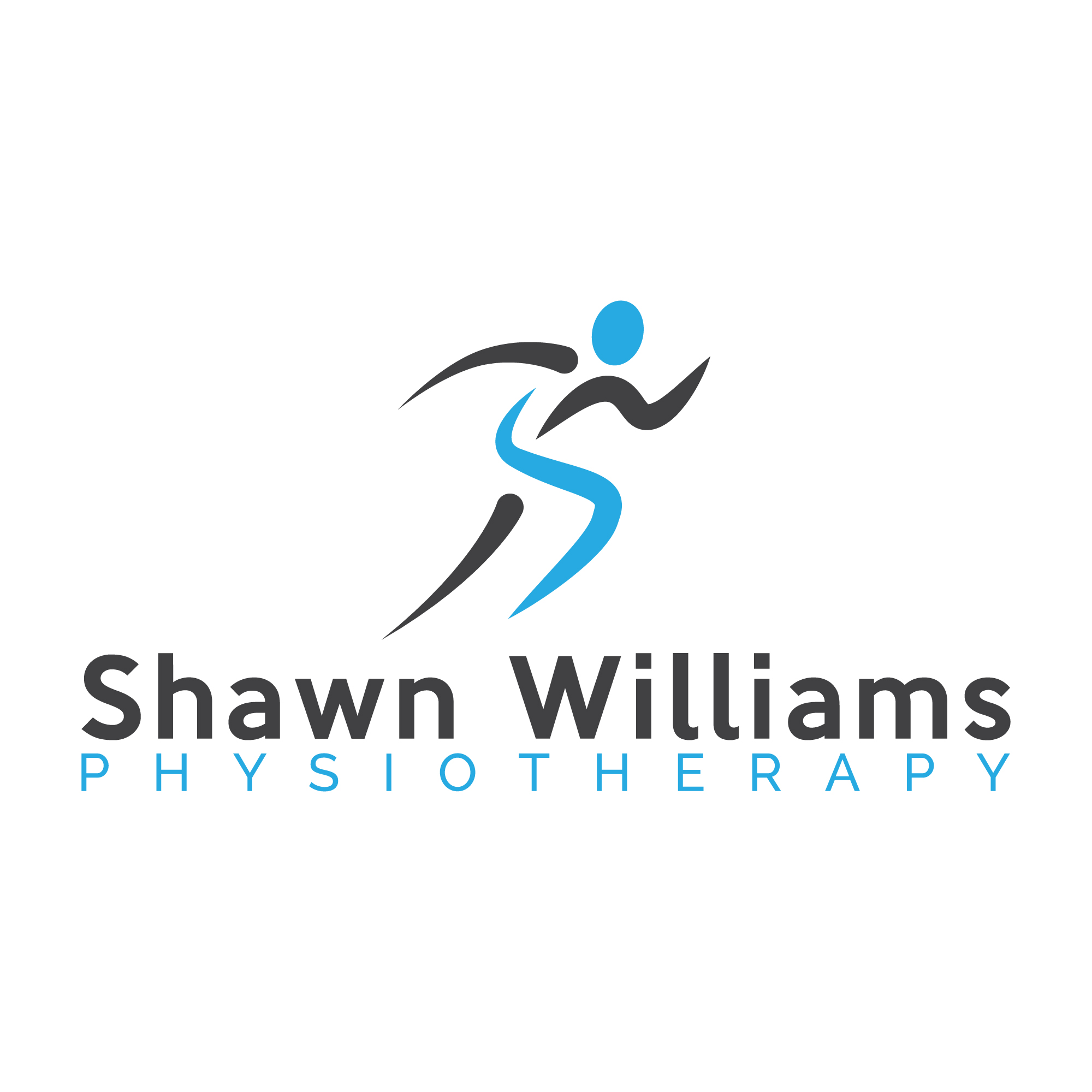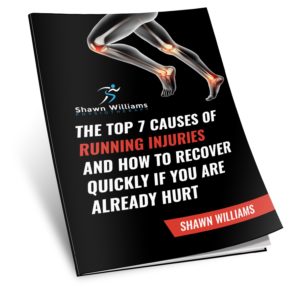A common complaint amongst runners is the presence of lower back pain, particularly in less experienced runners because of poor running biomechanics and not giving the body enough time to adapt to running. Here are 4 reasons you are experiencing back pain when you run:
- Poor running biomechanics
Like a well-oiled machine, smooth and painless running depends on the mechanics and mobility of the entire body. When we are looking at back pain, the culprit may be the way your foot strikes the ground.
When your foot hits the ground with the heel first (heel strike instead of midfoot/forefoot strike), increased force is transmitted to the pelvis and lower back. When your heel strikes the ground first, it is likely that your knee is held straight, which transmits the ground reaction force straight up your leg requiring your low back and pelvis to absorb it.
The solution? Make use of the ankle and knee joints to absorb the ground reaction force before it reaches your back. This can be done simply by modifying how your foot strikes the ground – using your midfoot/forefoot instead. A midfoot/forefoot strike has less impact, and allows some knee flexion which will further mitigate the ground reaction force before it reaches your low back to cause pain. You should work with your physiotherapist to adjust your foot strike
Caution: Trying to force a midfoot/forefoot strike and making drastic changes without the supervision of a professional can further increase the risk of injury.
- Running shoes combined with heavy heel strike and slow cadence = increased ground reaction force and pain in SIJ
“What are the best shoes for running?” Ahh, the timeless question. Referring to the blurb above, reducing heel strike is key to reducing ground reaction forces reaching your low back and causing pain. So, what type of shoe helps reduce heel strike?
It’s probably not what you think. Minimalist footwear that is flexible with less cushioned bulk will decrease the likelihood you’ll heel strike, and decrease the risk of injury. How so? A bulky shoe doesn’t allow you to midfoot/forefoot strike naturally because they are less flexible, so the heel will reach the ground first. The bulky padding will also cushion the blow so to speak but in the wrong places – your knee is still extended which is putting stress on your back, but you don’t feel the weight of each strike. Aim for a shoe that allows the foot to move through range naturally and you’ll be in good shape.
- Muscle imbalance – weak glutes, abdominals, tight hamstrings
What happens when we don’t eat a balanced diet? Too much of one thing and not enough of another can leave our body feeling pretty rough. Same goes for muscle balance! Balance in muscle bulk is important for maintaining our biomechanics and alignment. The most common muscle imbalances that need to be addressed in runners is tightness in the hamstrings (which rotates the pelvis posteriorly and causes pain), combined with weakness in the glutes and abdominals which have the potential to offset this pelvic rotation and restore alignment. TFL tightness is also common in runners who are heel strikers, which may lead to the development of IT band syndrome.
The solution? Stretch and strengthen to restore balance. Include a hamstring stretch and TFL stretch into your routine to release what is tight, combined with targeted glute and abdominal strengthening. This will help restore the muscle balance that your body is craving and get that pelvis rotated back to neutral.
- SIJ dysfunction – hypo or hyper mobility
The sacroiliac joint lies next to the bottom of the spine below the lumbar spine. During running your SI joints work hard; they connect your spine to your pelvis, support your upper body, and act as a shock absorber. Pain occurs when the joint becomes either stiff or loose leading to sacroiliac joint dysfunction. SI Joint pain can be similar to low back pain, often radiating to the buttocks or back of the thigh.
If you are dealing with a running injury or concerned that you are putting yourself at risk for low back pain, learn how we can help by sending us an email or giving us a call or text at 416-660-4187.
You may also check out the article Top 3 common causes of running injuries or download my report The Top 7 Causes Of Running Injuries And How To Recover Quickly If You Are Already Hurt.




